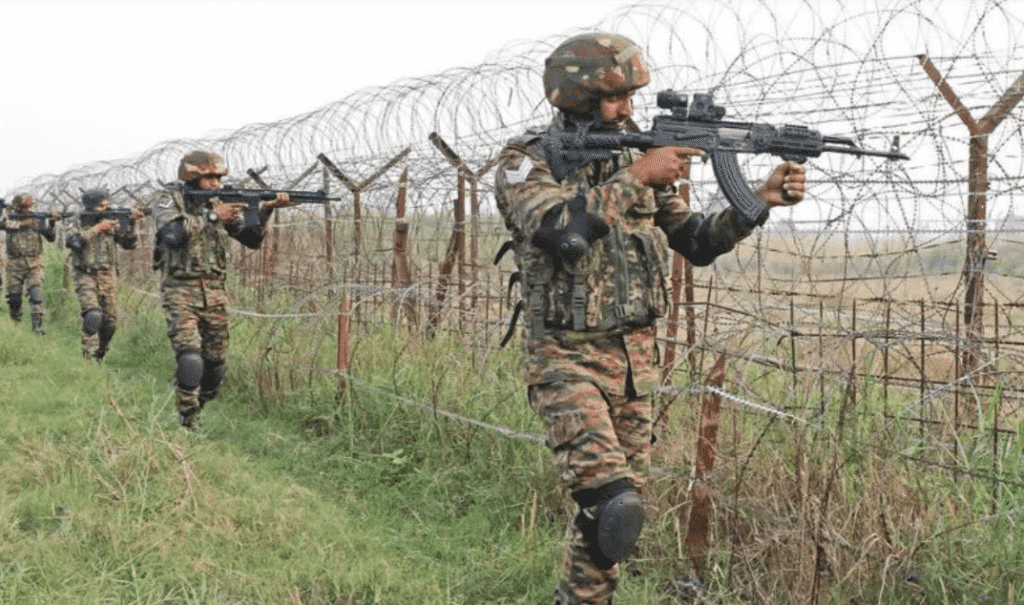LAHORE: Though the skies have since fallen silent, the fear still lingers for those who lived through the recent escalation between India and Pakistan. In villages lining Lahore’s eastern border, residents vividly recall nights spent under the shadow of airstrikes and drones—a period they now refer to as the May nightmare.
The brief but intense conflict, triggered by Indian drone attacks and air incursions, brought both nations dangerously close to full-scale war. As tensions soared, airspace was shut down, schools closed, exams cancelled, and daily life came to a halt across much of the country.
But for residents of frontline areas such as Wagah, Laban Wala, Bhanu Chak, Bhasin, Minhala, and Padhana, the experience went far beyond disruptions. It was survival. Families were forced to evacuate under cover of darkness, leaving behind homes and farmland for safer ground beyond the BRB canal—a historic defensive line dating back to the 1965 war.
Rana Tariq Mahmood, a local from Wagah, described the attacks as deliberate and timed for maximum fear. “Indian drones struck at night. There was no panic during the day, but by nightfall, we moved women and children to safer areas,” he said.
Farmers like Muhammad Sabir Numbardar were unable to harvest ready crops near the Zero Line after being barred by security officials. “My wheat stood ready, but we were told to stay away. Our land became a conflict zone overnight,” he said.
The conflict didn’t spare children either. Schools were shuttered twice in one week, and crucial exams—both board and international—were cancelled. “I was terrified when drones hit while my children were at school,” said Asma Aftab, a mother from the border region. “We relocated to Lahore, just to be sure.”
Ironically, some residents believed urban areas were at greater risk. “In this kind of warfare, missiles and drones are more likely to strike cities. People near the border, like us, may have been safer,” said Muhammad Hussain Mayo of Wagah.
Even behind the BRB line, areas like Askari, Barki, and DHA were rattled by repeated drone sightings and blasts. Rumors and unverified social media alerts triggered panic, prompting some families to flee despite no official evacuation order.
Although a ceasefire has since taken hold—brokered by international mediation—the emotional aftermath continues. Many residents remain on edge, startled by loud noises and fearful of another flare-up.
As Pakistan begins to recover, those who lived closest to the conflict’s frontlines say they won’t soon forget the anxiety, disruption, and helplessness they felt. Their hope now rests in deterrence: that Pakistan’s firm response will be enough to prevent future aggression and spare civilians from being caught in the crossfire again.
